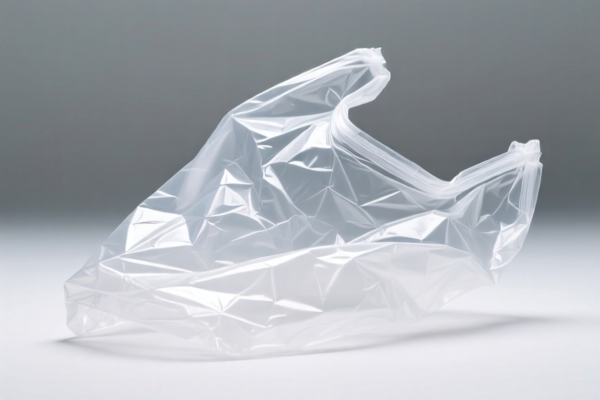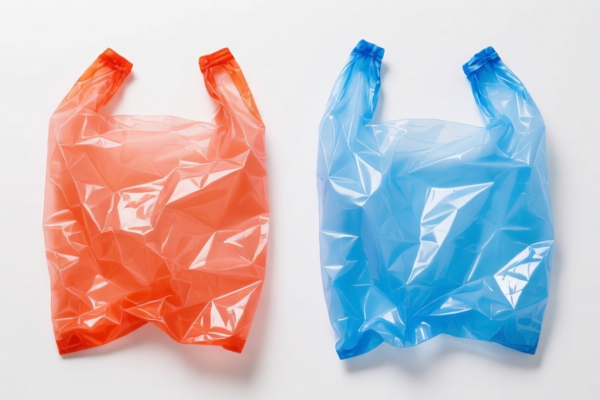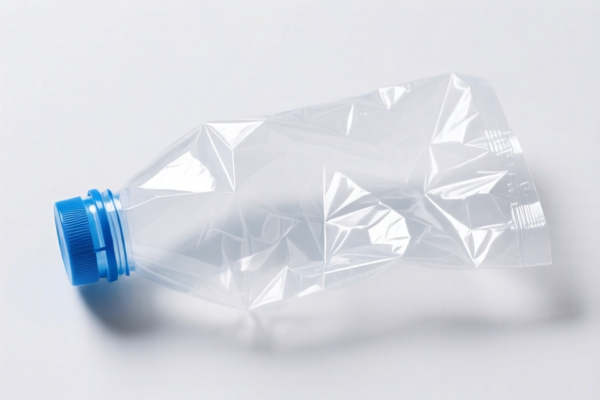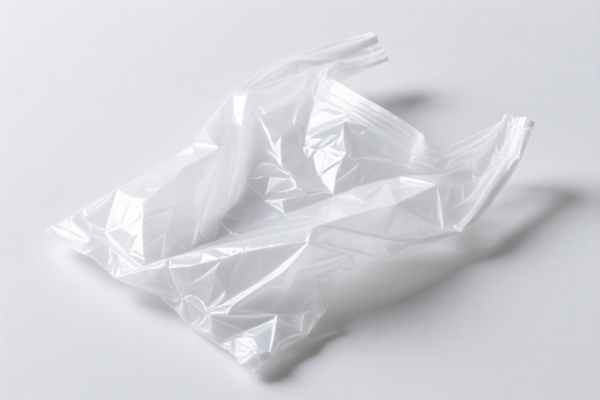| HS Code | Official Doc | Tariff Rate | Origin | Destination | Effective Date |
|---|---|---|---|---|---|
| 3926901000 | Doc | 40.9% | CN | US | 2025-05-12 |
| 3926909989 | Doc | 42.8% | CN | US | 2025-05-12 |
| 3924104000 | Doc | 33.4% | CN | US | 2025-05-12 |




Plastic Knives
Plastic knives are cutting implements fabricated from various types of plastic polymers. They are generally single-use or limited-use items, valued for their low cost and disposability.
Material
The most common plastics used in their manufacture include:
- Polypropylene (PP): A robust and relatively heat-resistant plastic, often used for heavier-duty plastic knives.
- Polystyrene (PS): A less expensive option, frequently found in disposable cutlery sets, but less durable than polypropylene.
- Polyethylene (PE): Used in some applications, offering flexibility but lower strength.
- Biodegradable Plastics (PLA, PHA): Increasingly utilized as an environmentally conscious alternative, though requiring specific composting conditions for degradation.
Purpose
Plastic knives serve a broad range of cutting and spreading tasks, primarily where reusability is not a priority. They are intended for applications where washing and sterilization are inconvenient or unnecessary.
Function
The function of a plastic knife is to sever or spread softer materials. Their cutting ability is limited compared to metal knives due to the lower hardness and rigidity of plastic. Blade designs vary to optimize for specific tasks.
Usage Scenarios
- Food Service: Commonly found in fast-food restaurants, cafeterias, picnics, and catered events.
- Takeout & Delivery: Provided with takeout meals for convenience.
- Parties & Events: Used as disposable cutlery for large gatherings.
- Packaging: Incorporated in packaging for certain food items (e.g., cheese wedges, butter portions).
- Crafts & Hobbies: Used in art projects, model making, and other hobbies where a safe, non-sharp cutting tool is needed.
Common Types
- Standard Disposable Knives: Basic, inexpensive knives for general food cutting.
- Heavy-Duty Plastic Knives: Thicker blades and more robust construction for cutting tougher foods.
- Spreading Knives: Blunter blades designed for spreading butter, jam, or other soft spreads.
- Biodegradable Knives: Manufactured from compostable plastics, offering an environmentally friendly option.
- Colorful Knives: Available in a variety of colors, often used for aesthetic purposes at events.
- Individually Wrapped Knives: Packaged individually for hygiene and convenience.
Plastic knives fall under articles of plastics, typically used as tableware or kitchenware. Here are the relevant HS codes based on the provided information:
- 3924104000: This HS code covers tableware, kitchenware, other household articles and hygienic or toilet articles, of plastics; specifically, tableware and kitchenware (other). Plastic knives, being a type of kitchenware, would fall under this classification.
- 39: Chapter 39 covers plastics and articles thereof.
- 24: Heading 24 specifies tableware, kitchenware, etc., of plastics.
- 10: Subheading 10 further defines this as tableware and kitchenware.
- 4000: This is a more specific classification within the subheading.
- Tax Details: The base tariff is 3.4%, with a 0.0% additional tariff, increasing to 30% after April 2, 2025, resulting in a total tariff of 33.4%.
It is important to note that the total tariff for HS code 3924104000 is 33.4%, comprised of a 3.4% base tariff and a 0.0% additional tariff, which will increase to 30% after April 2, 2025.
Customer Reviews
No reviews yet.